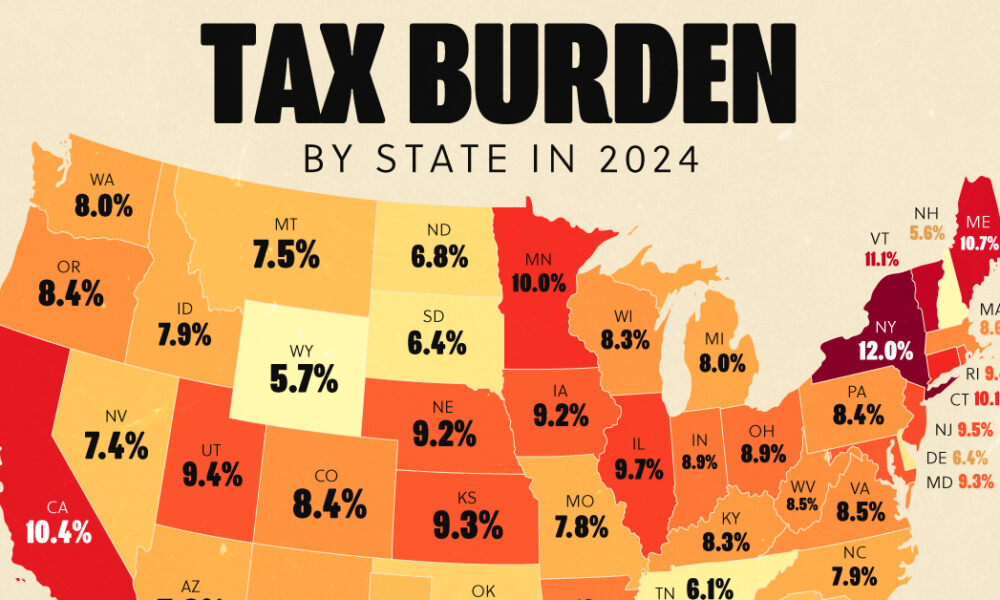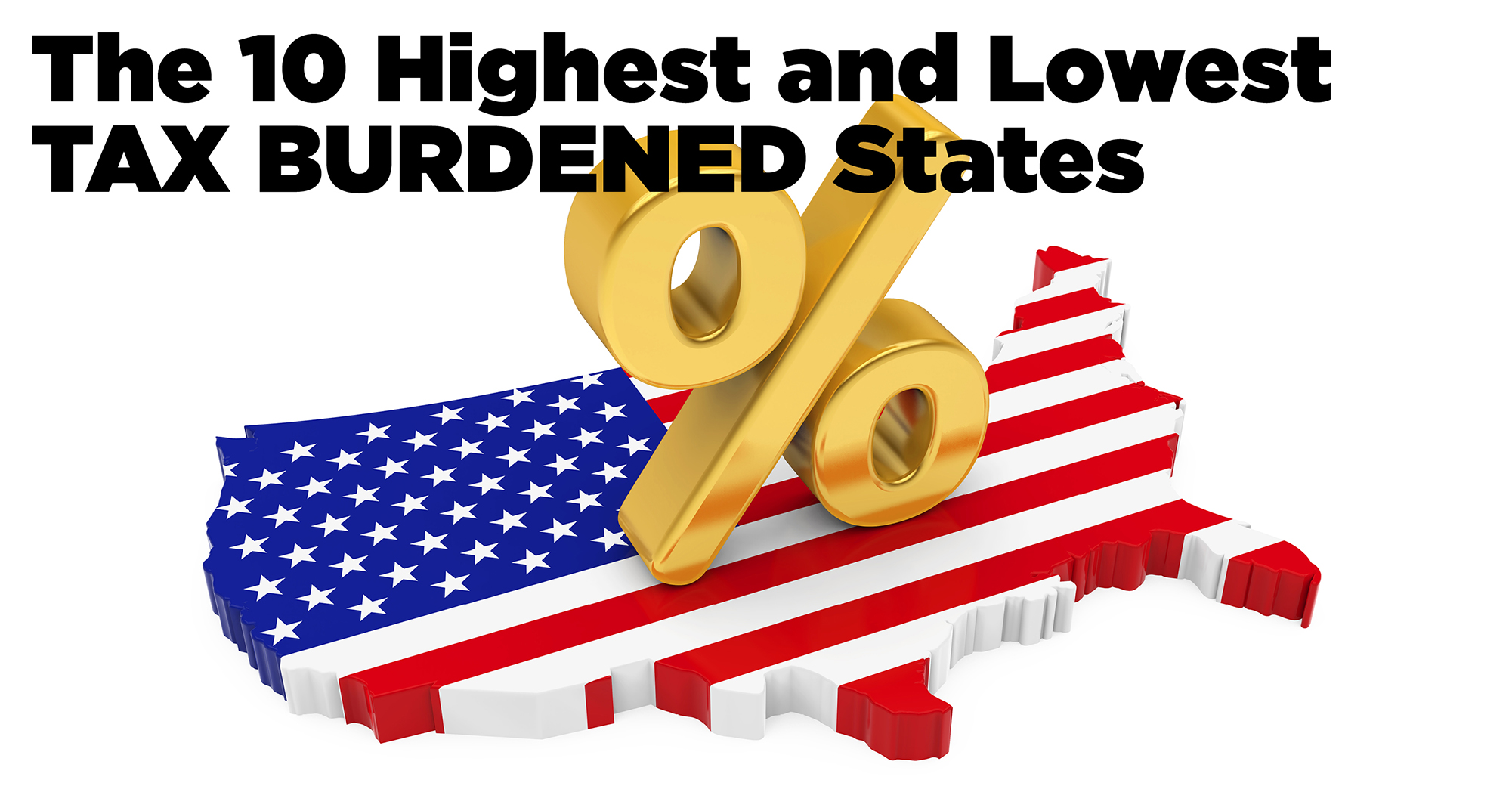A recent analysis reveals stark contrasts in state tax burdens across the U.S., with Massachusetts and Oregon imposing the highest rates while Florida and Tennessee offer the lowest for both individuals and couples filing jointly.
Analysis Reveals Stark State Tax Disparities – High Tax Burdens in Massachusetts, Oregon, and Connecticut vs. Low Taxes in Florida, Tennessee, and Nevada
According to the article of Finance Buzz, during tax season, a recent analysis highlights significant disparities in tax burdens across the United States. States like Massachusetts, Oregon, and Connecticut impose the highest tax rates on individual taxpayers, with percentages of median income ranging from 23.67% to 23.19%. These states heavily rely on income taxes, impacting both individuals and couples filing jointly, as seen with Massachusetts topping both lists.
Conversely, states such as Florida, Tennessee, and Nevada offer relief with the lowest tax burdens for individuals, ranging from 15.75% to 15.78%. These states benefit from no state income tax, instead relying on alternative revenue sources like sales taxes. For couples filing jointly, similar trends persist, with Massachusetts and Hawaii leading in high tax rates, while Tennessee and Florida maintain their positions with the lowest burdens.
READ ALSO: Impact Of Biden’s Student Loan Payment Pause On Loan Forgiveness Programs And Borrowers

23.67% vs 15.78%: The Stark Contrast in State Tax Burdens Across the US (PHOTO: Visual Capitalist)
Navigating State Tax Landscapes – Crucial Considerations for Financial Planning and Retirement Strategies
Furthermore, choosing a state based on tax burden considerations can significantly affect financial planning and retirement strategies, as tax laws vary widely across state lines. Whether maximizing savings or planning for retirement income, understanding these tax dynamics is crucial for individuals and couples navigating their financial futures amidst varying state tax landscapes.

















































